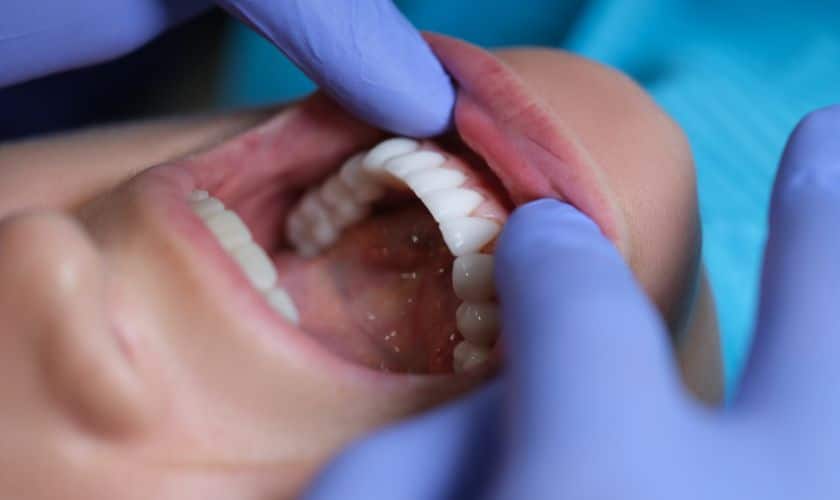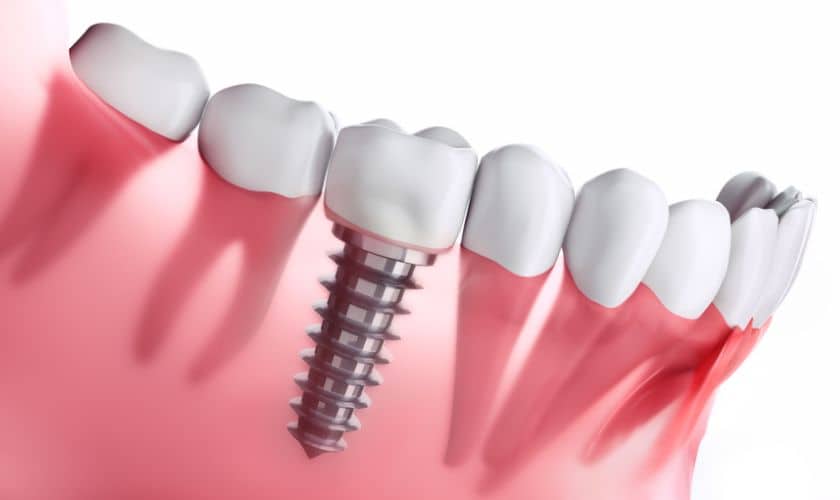
TMJ disorder exhibits so many diverse symptoms that accurately diagnosing it is sometimes challenging. Your temporomandibular joints (TMJs) are the joints that connect your lower jaw to your skull. When they’re damaged or not working properly, the pain can include chronic migraines, pain and ringing in the ears, and stiff neck and facial muscles, among many other symptoms. The discomfort associated with TMJ disorder stems from the nerve that passes through your jaw. Known as the trigeminal nerve, it also innervates the majority of your craniofacial structures, as well.
Getting on Your Nerves?
- Out of your entire nervous system, only about 20% of the total sensory input to your brain comes from the spinal column. The remaining 80% comes from 12 separate sets of cranial nerves, the largest of which are the trigeminal nerves. When they’re disturbed by damaged or misbehaving jaw joints, these nerves can transmit the discomfort throughout your mouth, head, and face, as well as your ears, neck, shoulders, and back.
- “Trigeminal” stems from the Latin word, tria, meaning “three,” and geminus, meaning “twin.” One nerve traverses the right side of your face, while its twin runs to the left, and both nerves split into three distinct branches.
- Besides supplying sensations to the face and other cranial structures, your trigeminal nerves are responsible for your jaw’s motor functions. When TMJ disorder disturbs the nerve, it can cause difficulty with jaw movement in addition to a wide variety of aches and pains.
- According to the American Association of Neurological Surgeons (AANS), trigeminal neuralgia is sometimes described as the most excruciating pain known to humanity. Another clinical term for trigeminal disorders, TN occurs when pressure is applied to the nerve as it enters the brain, causing the nerve to misfire. The discomfort can range from mild to debilitating, and symptoms can appear suddenly and disappear just as quickly, or they can reoccur often and linger.
- Often the result of a dental condition, such as an imbalanced bite, TMJ disorder is often treated by restoring the symmetry to a patient’s teeth and jawbone. If your teeth are crooked, this may mean orthodontic braces. If your jawbone is injured or congenitally uneven, then you might require oral surgery to reconstruct it. Since TMJ disorder is different for everyone, appropriate treatment depends on the specific circumstances and causes of the dysfunction.
About Your Southlake General Dentists:
As a native Texan, Dr. Gregory Wright opened his private practice in Southlake, TX in 1992. He and Dr. Victoria Heron are happily accepting new patients from Southlake, Grapevine, Keller, Trophy Club, Colleyville, and all surrounding communities. To learn more about TMJ disorder and how you can find relief from your symptoms, schedule an appointment by calling our office today at (817) 481-7999.





